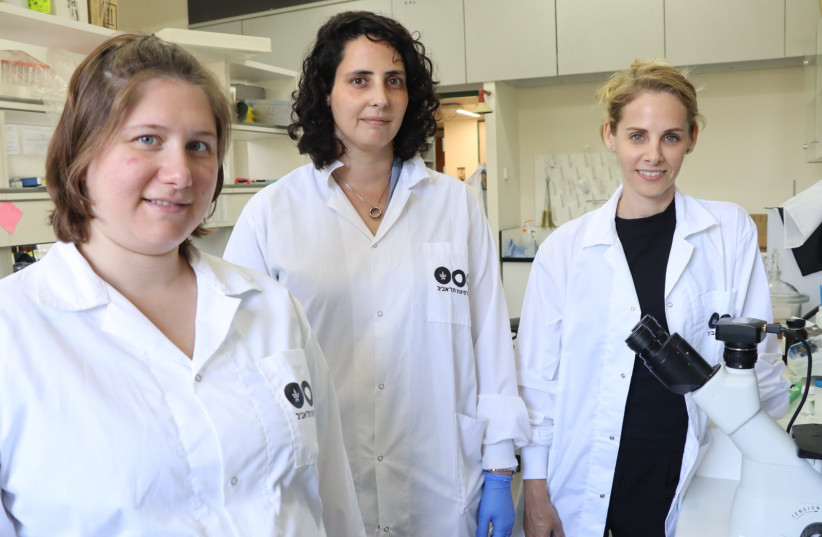For the first time in the world, a new technology has been developed at Tel Aviv University (TAU) that will allow controlled encapsulation and release of molecules by exposure to ultraviolet (UV) light. The researchers believe that the technology will lead to further development of delivery systems for the controlled release of biomolecules and drugs in the body by external stimuli using light.
Efficient encapsulation of molecules – a major technological challenge –makes possible a high loading capacity of molecules.
The research was led by doctoral student Itai Katzir and supervised by Dr. Ayala Lampel from TAU’s Shmunis School of Biomedicine and Cancer Research at the Wise Faculty of Life Sciences. The study was published in the prestigious journal Advanced Materials under the title “Tuning the Dynamics of Viral-Factories-Inspired Compartments Formed by Peptide–RNA Liquid–Liquid Phase Separation.”
The researchers explained that the new technology is inspired by viral compartments formed by the measles virus. After infection of the host cell, the virus forms compartments that host all the reactions involved in the formation of new viral particles, a process which gives these compartments their name: viral factories. Recent studies show that these viral factories are in fact dynamic and liquid-like structures that are formed inside the host cell through a process called liquid-liquid phase separation.
Controlled encapsulation and release

Inspired by the viral protein which is responsible for the formation of these factories, the researchers designed a peptide (short minimalistic protein) that forms compartments resembling viral factories for encapsulation of biomolecules. The researchers said they incorporated a unique element to the peptide sequence that enables a control of the encapsulation and release of molecules by irradiating the compartments using UV light.
“Our goal was to engineer liquid-like compartments from a complex of peptide and RNA molecules that will enable efficient encapsulation of various biomolecules while keeping their native structure,” said Lampel. “The designed peptide and RNA form liquid-like compartments that resemble viral factories. We further developed these compartments to be stimuli-responsive by incorporating a protecting group to the peptide sequence that is cleaved following UV irradiation. The peptide with the photocleavable protecting group forms compartments with RNA, that have higher encapsulation efficiency for various molecules compared to compartments without the protecting group. We showed that by exposing the compartments to UV light and releasing the protecting group, we can control the release of encapsulated biomolecules.”
“Another unique property of this system is the high permeability and loading capacity of the encapsulated molecules, which is limited in part of the current technologies. Thus, this technology opens opportunities for biomedical and biotechnological applications including encapsulation, delivery and release of drugs, protein, antibodies or other therapeutic molecules,” she concluded.
